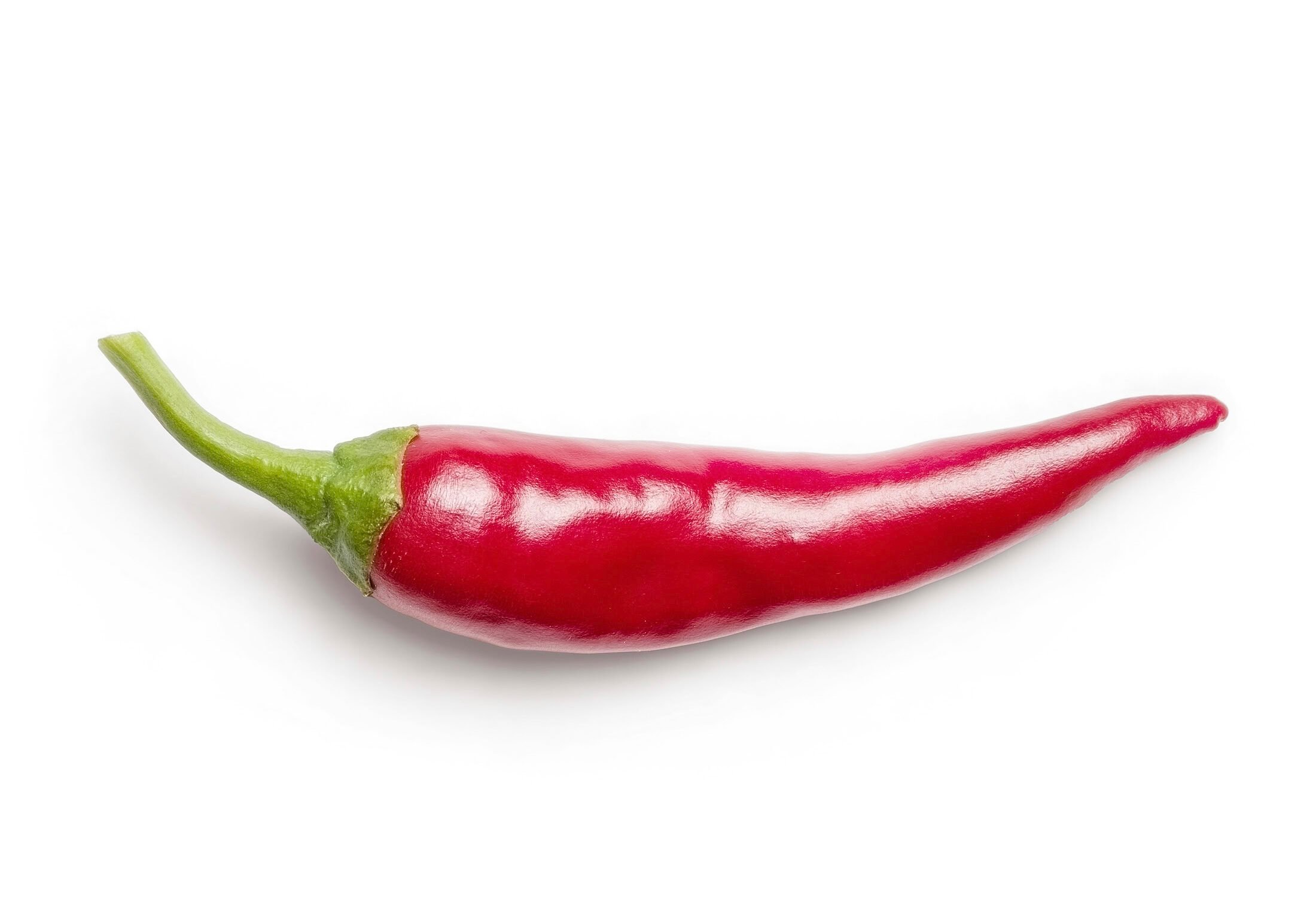How to Use Chile Peppers
The Fiery Fruits
Hot | Spicy | Fruity | Earthy

Renowned for their unparalleled heat—from gentle warmth to electrifying fire—chiles are spice at its most alive. Behind the kick lies a staggering spectrum of flavors: earthy, smoky, fruity, even sweet. Each variety awards the adventurous.
COOKING TIPS
- Chile peppers are spice at its most alive—bold, dynamic, and transformative. Beyond their signature heat, chiles offer an unmatched spectrum of flavor depending on their preparation and variety. From mild anchos to blistering bird’s eyes, they shape regional cuisines and add complexity to any dish.
- Capsaicin, the main heat compound in chiles, is most concentrated in the placenta, the white inner ribs, or pith. For less heat, remove this pale tissue along with the seeds, as they carry capsaicin residue.
- This is most useful with moderately hot peppers like jalapeños or serranos. In super-hot cultivars (ghost, scorpion, Carolina Reaper), significant heat is also present in the flesh, so depithing and deseeding is less effective.
- Capsaicin readily binds to your skin and can linger way longer than you would like. When handling very hot chiles, wear gloves or wash your hands thoroughly with soap and oil to break down the capsaicin before rinsing.
- Avoid touching eyes or other sensitive areas during prep. You don’t want to learn the hard way why this rule is universal in kitchens worldwide.
FRESH VS. DRIED, WHOLE VS. POWDER
- Fresh chiles deliver brighter, sharper heat with lovely top notes. Their flavor varies with ripeness—green varieties often taste grassier, while red and orange types tend to lean sweet, citrusy, and fruity. Fresh chiles are great for quick-cooked or raw applications like salsas, salads, and stir-fries, where freshness and crisp texture matter. They also shine in relishes, pickles, or mixed with tropical fruit.
- Dried chiles concentrate both flavor and heat because dehydration roughly doubles the capsaicin-to-weight ratio. Their flavors deepen into complex smoky, nutty, earthy, or chocolatey territory.
- Use whole dried chiles in long-cooked dishes like soups, stews, and sauces. You can also toast them to unlock their oils before grinding or rehydrating.
- Chile powders offer convenience and even distribution. They are excellent in spice rubs and dry marinades used to season meats and roasted vegetables—or for dusting over fruit or hot chocolate.
- Chile flakes provide a balanced middle ground between whole and powdered, preserving more aroma and texture. Add them to sauces and dressings or to dishes like noodles and pizza.
GRINDING & TOASTING
- Grinding whole dried chiles should be done with a dedicated electric spice grinder. This gives you a fine, even grind without introducing unwanted flavor residue from other spices or coffee. Grind in small batches right before cooking to capture peak aroma before oxidation and evaporation dull the flavor.
- Toasting whole dried chiles in a dry skillet releases oils, amplifying their complexity with nutty, roasted depth. Before toasting, crack the peppers' shells in a mortar and pestle or with the side of a knife to help release the volatile oils, then toast in a dry pan.
- Toast just until aromatic. If you wait too long, they’ll turn bitter. Then rehydrate in just-boiled water for 10–15 minutes before chopping and blending into pastes, moles, braises, or sauces.
STORING
- Fresh chiles stay crisp longest when stored dry and unwashed in a refrigerator drawer, ideally inside a breathable produce bag to prevent condensation and mold. They will remain fully fresh for up to two weeks. You can also freeze them for long-term storage or preserve them by drying or pickling.
- Whole dried chiles maintain potency far longer than powders. They last up to a year if stored in an airtight container away from light, heat, and moisture.
- Chile powders lose their vibrancy quickly as the volatile flavor compounds dissipate from the increased surface area. They should be used within a few months, so buy in smaller amounts and use them frequently, or grind them as needed from whole dried chiles for maximum flavor.


